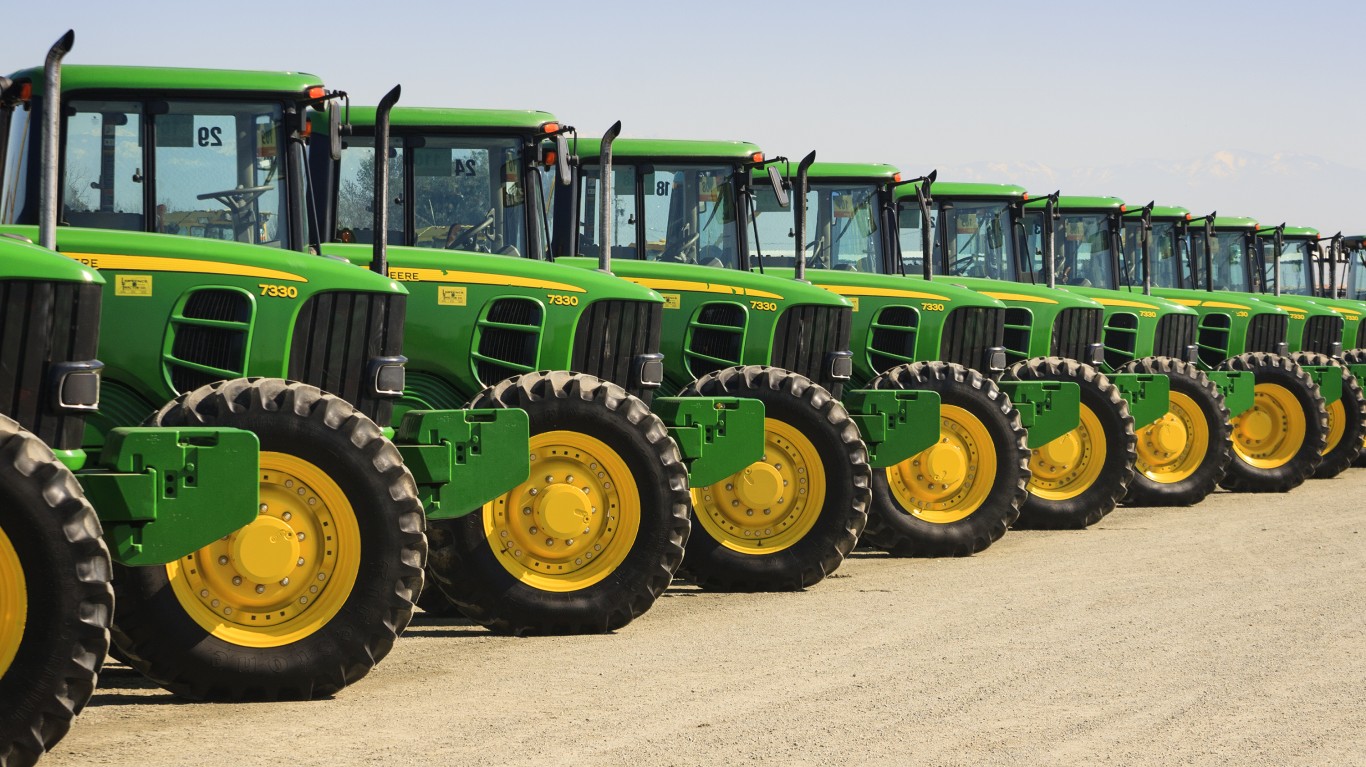
The data comes from Fitch Ratings, which also noted that excluding an upgrade of Ford Motor Co. (NYSE: F) to investment grade in the second quarter, the upgrade share was roughly the same 1% as it has been since the third quarter of 2011. Fitch also notes that the downgrades have shifted from the financials sector to the industrials, with the share of industrial investment grade bonds downgraded at 1.5% in the third quarter, higher than any quarter from 2010 through the first half of this year.
Perhaps that explains why the issuance of junk bonds has soared. According to another Fitch Ratings report on high-yield defaults, new issues of junk debt rose to 26% of the total volume of new debt issuances. Regarding high-yield bonds, Fitch said:
The ‘CCC’ or lower pool has grown to $227.3 billion from $196.8 billion since the beginning of the year (including ‘B–’ issues, this high-risk slice of the market now totals $358.9 billion, up 9% from the start of the year). The Fed’s efforts to revive the economy and a positive resolution to the U.S. fiscal cliff remain critical even as the heightened demand for yield product is allowing more highly levered and vulnerable companies to access the debt markets.
Fitch reported that the $4.3 trillion corporate bond market now includes 78% investment grade bonds and 22% speculative grade bonds. Companies like the low interest rates they’re able to get, but investors are less thrilled about those low-return bonds.
As investors seek returns, it’s probably no big shock that they are turning to riskier, higher yield investments. After all, the risk associated with lower return equities is high enough to point investors toward higher return bonds with not substantially greater risk.
Paul Ausick
100 Million Americans Are Missing This Crucial Retirement Tool
The thought of burdening your family with a financial disaster is most Americans’ nightmare. However, recent studies show that over 100 million Americans still don’t have proper life insurance in the event they pass away.
Life insurance can bring peace of mind – ensuring your loved ones are safeguarded against unforeseen expenses and debts. With premiums often lower than expected and a variety of plans tailored to different life stages and health conditions, securing a policy is more accessible than ever.
A quick, no-obligation quote can provide valuable insight into what’s available and what might best suit your family’s needs. Life insurance is a simple step you can take today to help secure peace of mind for your loved ones tomorrow.
Click here to learn how to get a quote in just a few minutes.
Thank you for reading! Have some feedback for us?
Contact the 24/7 Wall St. editorial team.




